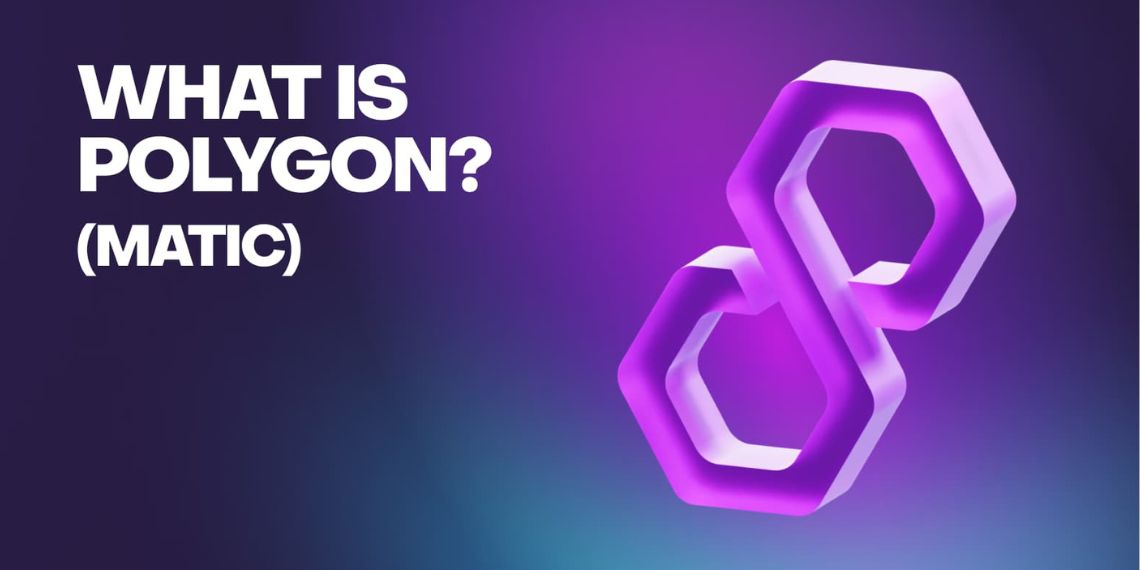
In the ever-evolving world of blockchain technology, Polygon, formerly known as Matic Network, has emerged as a game-changer. With its scalability solutions, it has paved the way for a new era of decentralized applications (dApps) and decentralized finance (DeFi). In this comprehensive guide, we will delve deep into Polygon (Matic), exploring its history, features, use cases, and the incredible potential it offers to the crypto and blockchain ecosystem.
- Briefly introduce Polygon (formerly Matic) and its significance in the blockchain ecosystem.
- Mention its aim to solve scalability issues on Ethereum and provide a glimpse into its core features.
What is Polygon Matic?
- Define Polygon (Matic) in detail, explaining its origins and evolution.
- Highlight its role in Ethereum’s scalability and its compatibility with Ethereum assets.
- Mention key partnerships or projects that have adopted Polygon.
The Birth of Polygon
Polygon, previously called Matic Network, was founded in 2017 by Jaynti Kanani, Sandeep Nailwal, and Anurag Arjun. The project aimed to address the scalability and usability issues faced by Ethereum, one of the leading blockchains.
How Does Polygon Work?
- Explain the technical architecture of Polygon, focusing on its Layer 2 scaling solutions.
- Describe the Plasma framework and its role in transaction validation.
- Discuss the role of the Polygon Proof of Stake (PoS) network.
MATIC Token and Staking
The MATIC token plays a pivotal role in the Polygon network. This chapter will delve into the utility of MATIC, its staking mechanism, and how users can earn rewards by participating in the network.
Use Cases and Benefits
- Explore various use cases of Polygon, such as DeFi, NFTs, gaming, and more.
- Discuss the advantages of using Polygon over other Layer 2 solutions.
- Share success stories or examples of projects that have benefited from Polygon’s scalability.
Polygon vs. Competitors
- Compare Polygon with other Layer 2 scaling solutions like Optimistic Rollups and zk-Rollups.
- Highlight the strengths and weaknesses of Polygon in this competitive landscape.
How to Get Started with Polygon?
- Provide a step-by-step guide on how users can start using Polygon.
- Include instructions on setting up a Polygon wallet, bridging assets, and using Polygon-based dApps.
Future Developments and Roadmap
- Discuss Polygon’s future plans and upgrades, such as Polygon SDK, Polygon PoS v2, and EVM compatibility.
- Mention any partnerships or collaborations that hint at exciting developments.
Largest Cryptocurrencies and the benefits they promise
Benefits and Advantages
Why should developers and users consider Polygon over other blockchains? This chapter will highlight the benefits and advantages of using Polygon, such as low transaction fees, fast confirmation times, and EVM compatibility.
The Future of Polygon
As Polygon continues to evolve, what does the future hold for this remarkable project? We will explore Polygon’s roadmap, upcoming features, and its potential impact on the blockchain industry.
Conclusion
In conclusion, Polygon (Matic) has redefined scalability and usability in the blockchain world. Its Layer 2 solutions, thriving ecosystem, and innovative approach make it a force to be reckoned with. Whether you’re a developer looking to build on Polygon or an investor considering MATIC tokens, this guide has provided you with a comprehensive understanding of this revolutionary blockchain project.
With its growing popularity and ever-expanding use cases, Polygon is poised to play a significant role in shaping the future of blockchain technology. Stay tuned for the exciting developments that lie ahead in the world of Polygon!